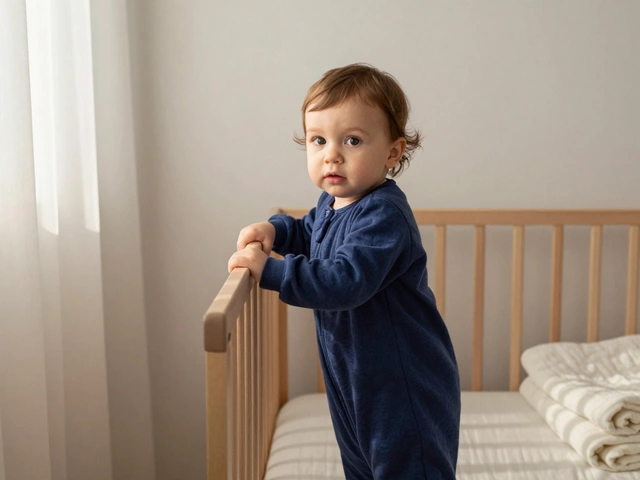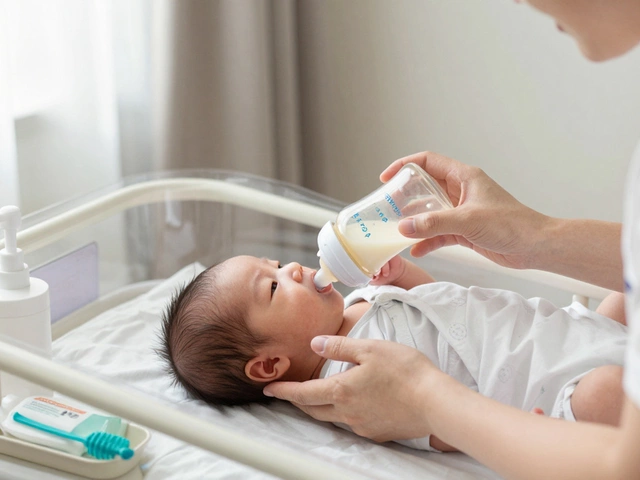Montessori Baby Room – Creating an Independent Space for Your Little One
When designing a Montessori baby room, a nursery arranged following Montessori principles, focusing on independence and natural development. Also known as Montessori nursery, it emphasizes low, reachable shelves, floor‑level sleeping, and open‑ended play. The setup draws on the Montessori method, a child‑centered educational approach that values freedom within clear limits. To keep the space safe, parents often add a child safety gate, a barrier that prevents accidental falls while letting the child explore.
Core Elements That Make a Montessori Baby Room Work
A good Montessori baby room starts with a simple crib, ideally one that sits low to the floor so a toddler can climb in and out safely. Pair the crib with a breathable mattress and natural fabrics to create a calm sleep environment. Baby carriers also play a role: they let caregivers keep the baby close while freeing hands to arrange the room or attend to other tasks. When the infant is in a carrier, the caregiver can model the same independent movements the room encourages later on. By combining low furniture, a safe sleeping area, and mobility tools, the room supports the child’s growing autonomy.
Beyond the basics, consider adding a soft rug for floor play, wooden baskets for toys, and a child‑height mirror to boost self‑recognition. All these pieces reinforce the Montessori idea that children learn best when they can see and reach everything around them. Montessori baby room design is about striking a balance between freedom and protection, so the space feels inviting yet secure. Below you’ll find articles that dive deeper into safety gates, carrier choices, crib selection, and other practical tips to help you build the perfect Montessori‑inspired nursery.

Montessori Baby Room Explained: Design, Furniture & Benefits
Learn what a Montessori baby room is, how to design it, essential furniture, and its benefits for early development in a child‑friendly nursery.
view more




